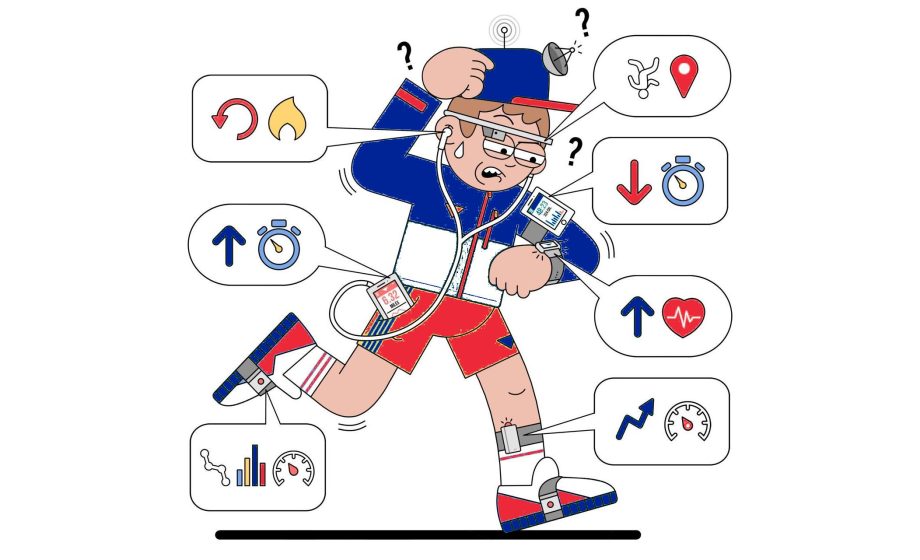Since May is hardware month in Paris, I’ve been reflecting lately on venture capital investing in French hardware startups.
I’m far from an expert on hardware investing — only a small fraction of my VC portfolio over the years has been in hardware. Despite this, I’ve noticed an order-of-magnitude leap in incoming deal flow from IoT startups over the past few months, particularly from consumer-centric connected objects startups. Will consumer demand keep pace with all these new gadgets?
The boom in aspiring B2C hardware entrepreneurs in Europe is natural, given the toolset available for rapid prototyping and design, the abundance of VC funding for the space, and the hardware accelerators up the wazoo. In France alone, VCs like Idinvest, Partech, Ventech, Newfund, Kima, Isai, Caphorn, etc. all have a handful of investments in such hardware startups, though the space is not really a dedicated focus for any of them (see Rude Baguette’s infographic of France Hardware VCs for the full list). Moreover, the recent acquisition of Withings by Nokia demonstrates that the opportunity for financial gain is real, even if not yet of extra-galactic proportions.
However, my gut tells me the bulk of these new consumer products will struggle to gain traction, that we’re nearing gadget saturation, at least in the home. (In the workplace, on the other hand, it feels like we’re just getting started; more on that later).
As consumers, I suspect we’ll be increasingly disappointed, partly because new gadgets must meet a higher bar of expectations. Also, lead times for consumer hardware products are usually far longer than estimated, probably because making hardware is still hard. Most such Kickstarter projects do not ship on time (many never). Even products created by experienced product pros like the Dash, whose founder Nikolaj Hviid formerly directed design for Harmon Kardon, took an extra year to finally come to fruition (from the looks of it, this super cool gadget was worth the wait).
An entrepreneurial venture aspiring to create a consumer product that people will want to buy must address: product design, user experience, prototyping, electronics and firmware, sourcing, manufacturing, pricing, marketing, distribution, and more. The most promising consumer hardware entrepreneurs seem to grasp the importance of building for global markets. Homegrown startups like Invoxia, Sevenhugs, Wistiki, Giroptic, and of course Withings have demonstrated this with aplomb (all of which have captured the attention of the Japanese market too, as I’ve witnessed firsthand). Yet even darling endeavours like GoPro demonstrate how rapid success is not necessarily sustainable.
 [French hardware startups visit DMM.Make hardware incubator in Tokyo]
[French hardware startups visit DMM.Make hardware incubator in Tokyo]
Furthermore, established consumer products companies are entering the game, combining the deep resources of a multinational corporation with an agile mentality. They’re even employing crowdfunding as a marketing tool. Companies like FirstBuild, which created a countertop device for making chewable ice shards, raised nearly $2.8 million from more than 6,000 contributors on Indiegogo. The venture could have served as a poster-child for the entrepreneurial dream – except that FirstBuild is a subsidiary of General Electric.
A friend of mine at GE interacted regularly with Eric Ries, who’s essentially on retainer there to infuse a lean startup mindset throughout the world’s largest consumer product organization. I’m not sure if there’s a direct correlation, but undoubtedly crowdfunding platforms offer an ideal testing ground for new hardware products, enabling the manufacturer to harvest lessons to drive back into the feedback loop of product design.
I imagine that these trends and challenges will be discussed at length on May 25th at the upcoming Connected Conference.


